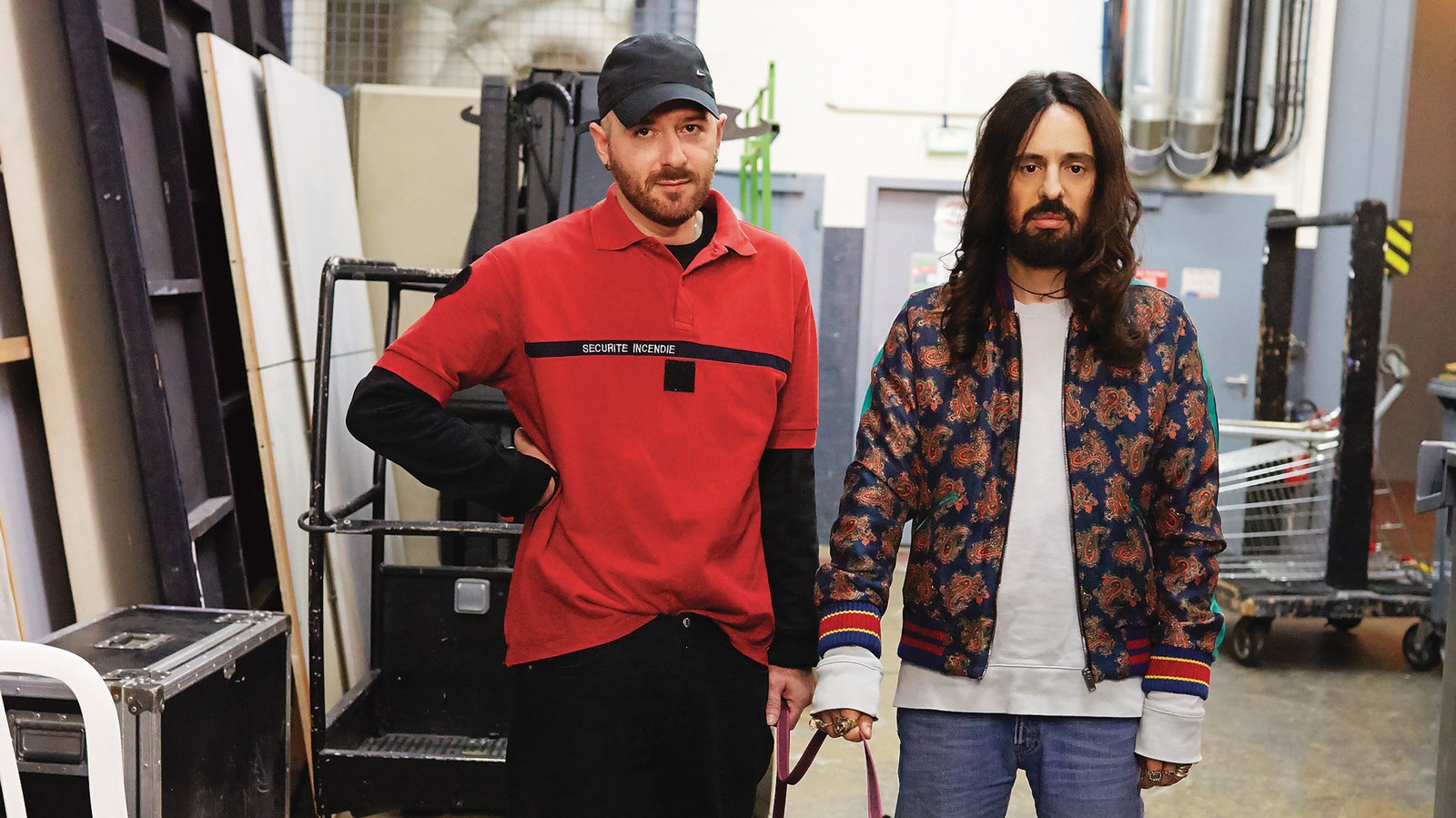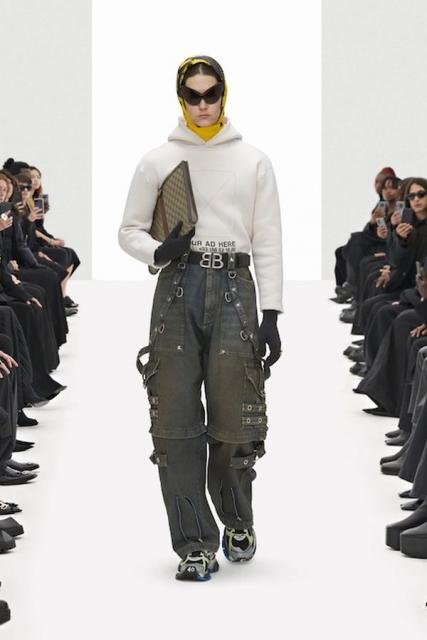Roaring 20s: What Gen-Z Means for Fashion
As the lime green haze of Brat summer fades with the scorching heat, a new sense of something else lies in its wake. After four months of pulsating house beats, espresso martinis, situationships, and post-grad growing pains, we all ran into that harsh reflection in the morning…We’re adults now. Now the collective attitude in Gen Z is of worry about taxes, job offers, societal deadlines, and the impending doom of climate change.
But notice how we stopped caring about the latest designer item, or what celeb skincare routine we must try ? Upon the looming recession, I have had time to ponder the rise and fall of fashion with the economic eras. And with it, the shift of identity and how we define it.
The 1920s represented decadence and a vast sense of inflated importance, but a damning future for sweet Miss America. The 2010s bleeding into the 2020’s is eerily of no difference, casting an uneasy shadow of the worst being yet to come. Luxury brands in the 2010s went through major creative overhauls and none represents that better than the Alessandro Michele era of Gucci.
Loud prints, offensive pattern mixing, teetering heels, camp extravaganza, and buzz worthy marketing. He appealed to a sector of the high end consumer that felt ignored: young people with too much money but not enough taste. This wasn’t their mom’s yacht-chic brand anymore. He struck this wave of youth culture in a way that was so perfect for the time of maximalism, it was like a Texas oil tycoon finding luck in the desert. The 2010s were of high volume definitively. Gen Z saw a plastic surgery craze, the commodification of the social media celebutantes, and we had an appointment of a reality star to the fucking presidency. This mirrored an inertia in society of looks and angling mattering more than anything.
Soon, Gucci’s sister brand under Kering, Balenciaga, replicated this mastery of expensive absurdity. The brands raking in so much cash that eventually it peaked into sequin volcano when the two designers of the cult fashion houses collaborated on a collection for Gucci’s FW 2021 season. But as the decade came to a close, a pandemic and a slew of bad press shifted what counts as necessary or acceptable in fashion. As the pendulum swung to a style of minimalism reflecting the thinning pockets of online audiences, so did the tolerance of absurdity.
Demna and Alessandro’s collections for Gucci and Balenciaga.
Sky Ferreira and Liam Gallagher at Paris Fashion Week
But now an old beast has awakened with the troublesome economy: Indie Sleaze. Following the explosive summer of Charli XCX, she has opened a nexus portal, bringing us back to an era we remember fondly but were not cool or old enough to partake in, until now. Balmain skinny jeans, Hedi Slimane for Dior jackets, and Isabel Marant sneakers are rising from the Depop graves and invading our closets.
The indie sleaze days were the chic radioactive fallout of the 2008 crash where all the youngsters were too high or drunk to think about what they looked like but more-so how they felt. Similar to the beatnik movement in an America ravaged by the war in ‘Nam, this was a counterculture era where the youth just wanted to party and fuck. The now exiled Terry Richardson almost like the Warhol of the times, catching a somewhat instinctual vibe that punctured the millennial spirit. From American Apparel’s forceful ads to drug popping teens in London suburbia portrayed on the British primetime classic ‘Skins’, the American young wanted to rebel.
However I do have doubts about this interest in indie sleaze. The era was sleazy because it was real. TikTok user Payton Dale struck an interesting note on her page about this. Acne, crooked teeth, and stringy hair were tangible to the Tumblr obsessed because they saw people who looked like them still be fabulous in a new way. Veneered smiles and Gymshark-sponsored bodies just don’t match a visual that was antithesis of that. You can buy the archive Givenchy boots, but that doesn’t mean you can walk in them the way of it girls of the day could. Social Media has created a Frankenstein amongst Gen-Z, identity is no longer personal but performance and when we encounter someone who genuinely is the thing we wish to embody we excuse of them falsehood. We are actively designing our own hall of mirrors.
As we have become so digitized, the influencer bubble has begun to burst, or at least wane in importance. Having a TikTok star front row at Loewe or Miu Miu was once buzzy, but now just strikes as common practice. 20 somethings hot boys, perfectly manicured to bad ass poise has grown stale. The consumer is not just hungry for just new faces but also new also narratives. How are we pushing forward and who are the poster kids to do it with ?
Now that the spirit has infected us, it begs the question of how will we define our own 20s when we keep looking back to past ? Maybe indie sleaze’s revival isn’t meant to be one of replication but an up and coming generation’s desire to have the same freedom of expression and persona. Hedi Slimane went back to his grunge DNA for a majority of his Celine tenure. Rising brand Enfants Riche Deprime, has proclaimed itself as being somewhat of a counterculture venture in a hyper-curated world despite the products’ steep price tags. For Balmain’s SS 2025 collection, Roustieng tapped into the rocker chic 2010s heyday of the label featuring skinny leather pants and broad-shouldered sequined blazers One of the biggest name’s in music right now is electronic artist, The Dare, known for saucy lyrics and bass-filled production that leans towards LCD Soundsystem and other sleaze era greats.
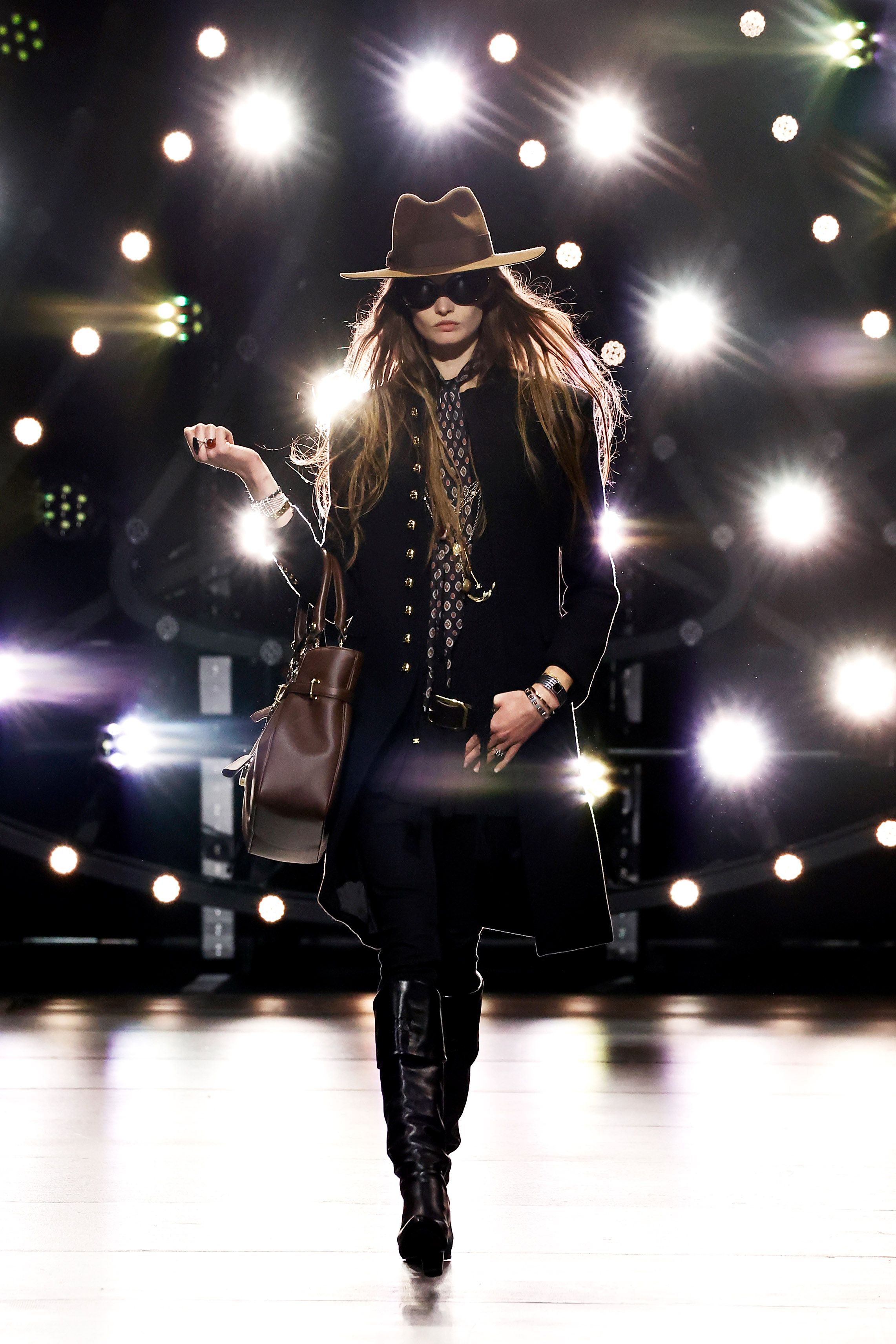



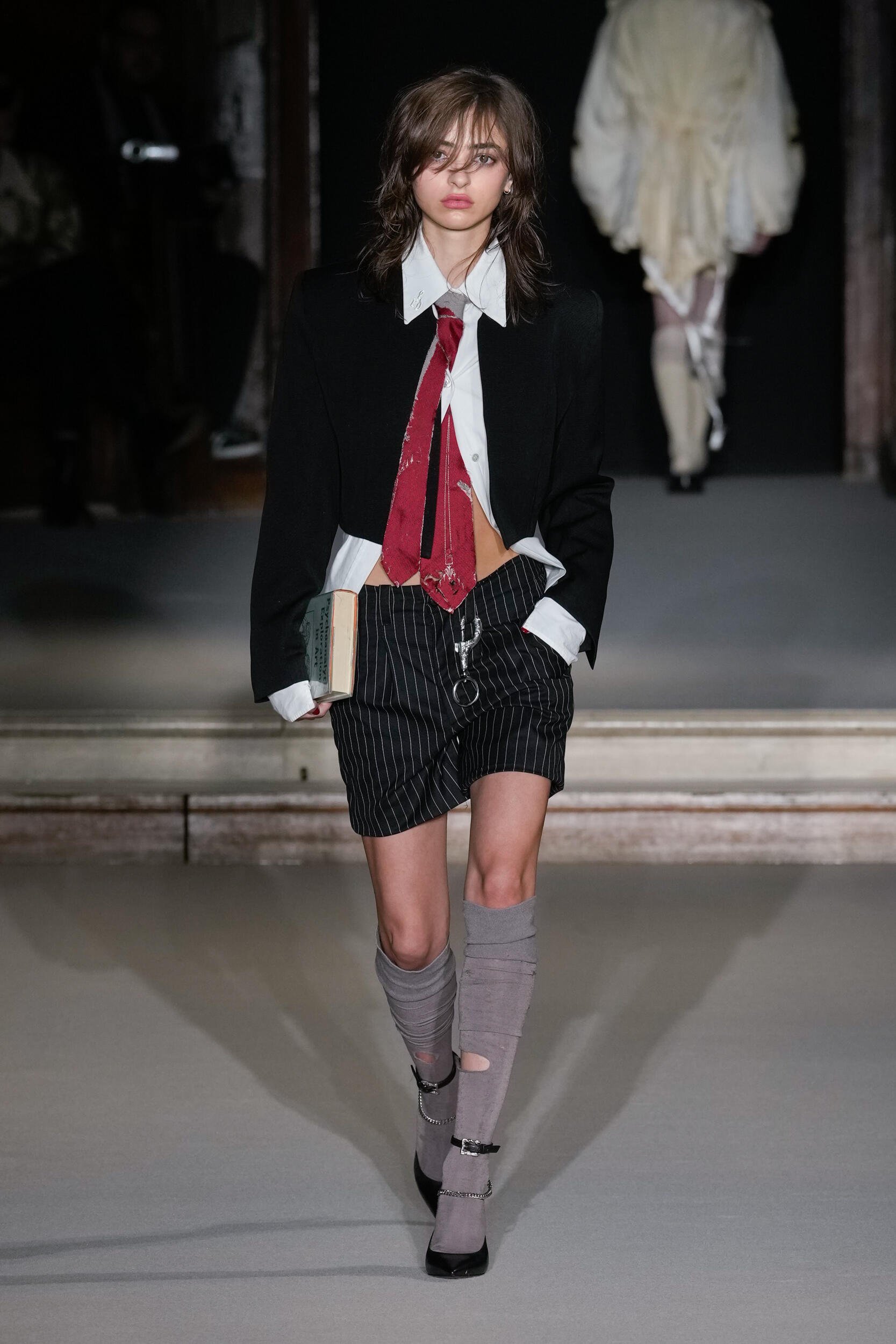
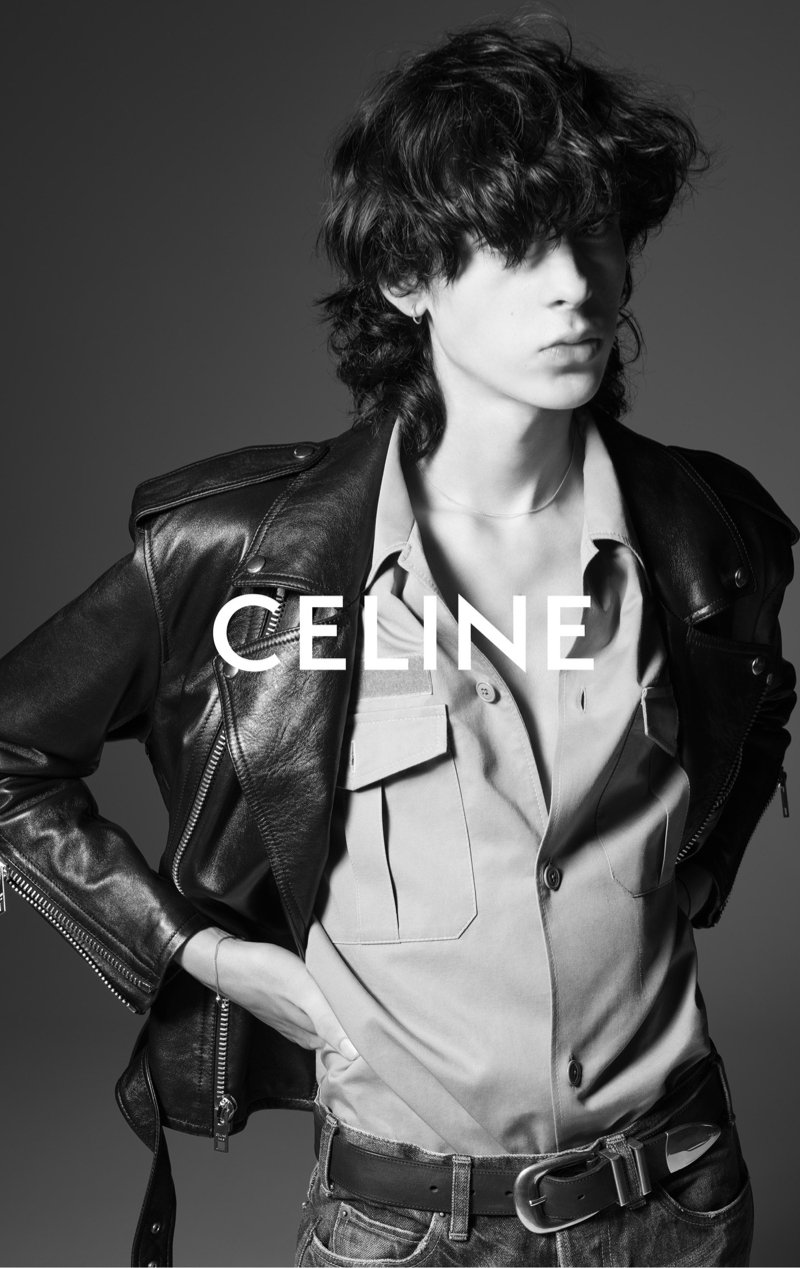
As we brace ourselves for new America this November, are we ready to become new Americans ? Will it be possible for us to have liberties in how we dress or will we realize these liberties in ourselves always existed ?


